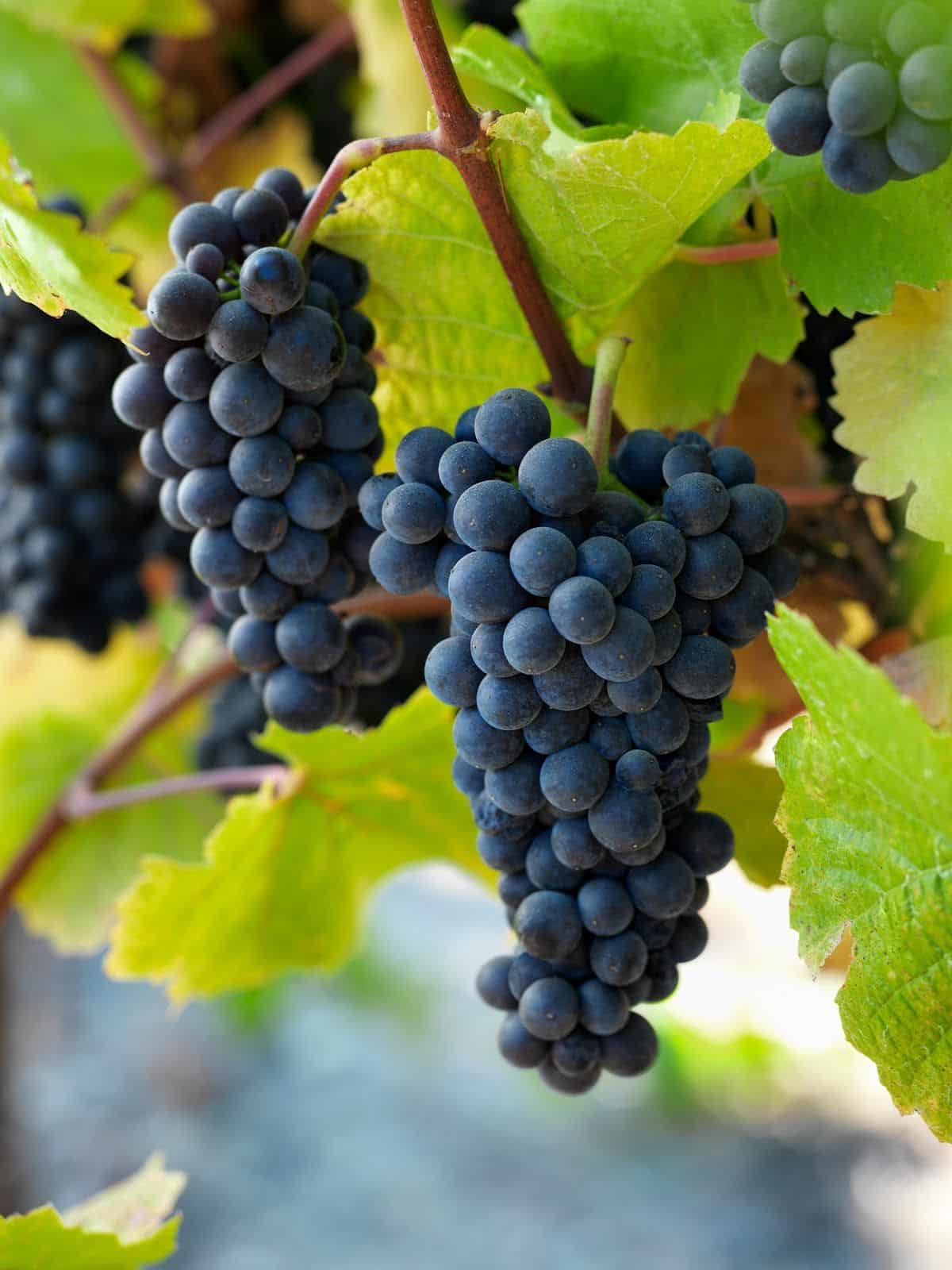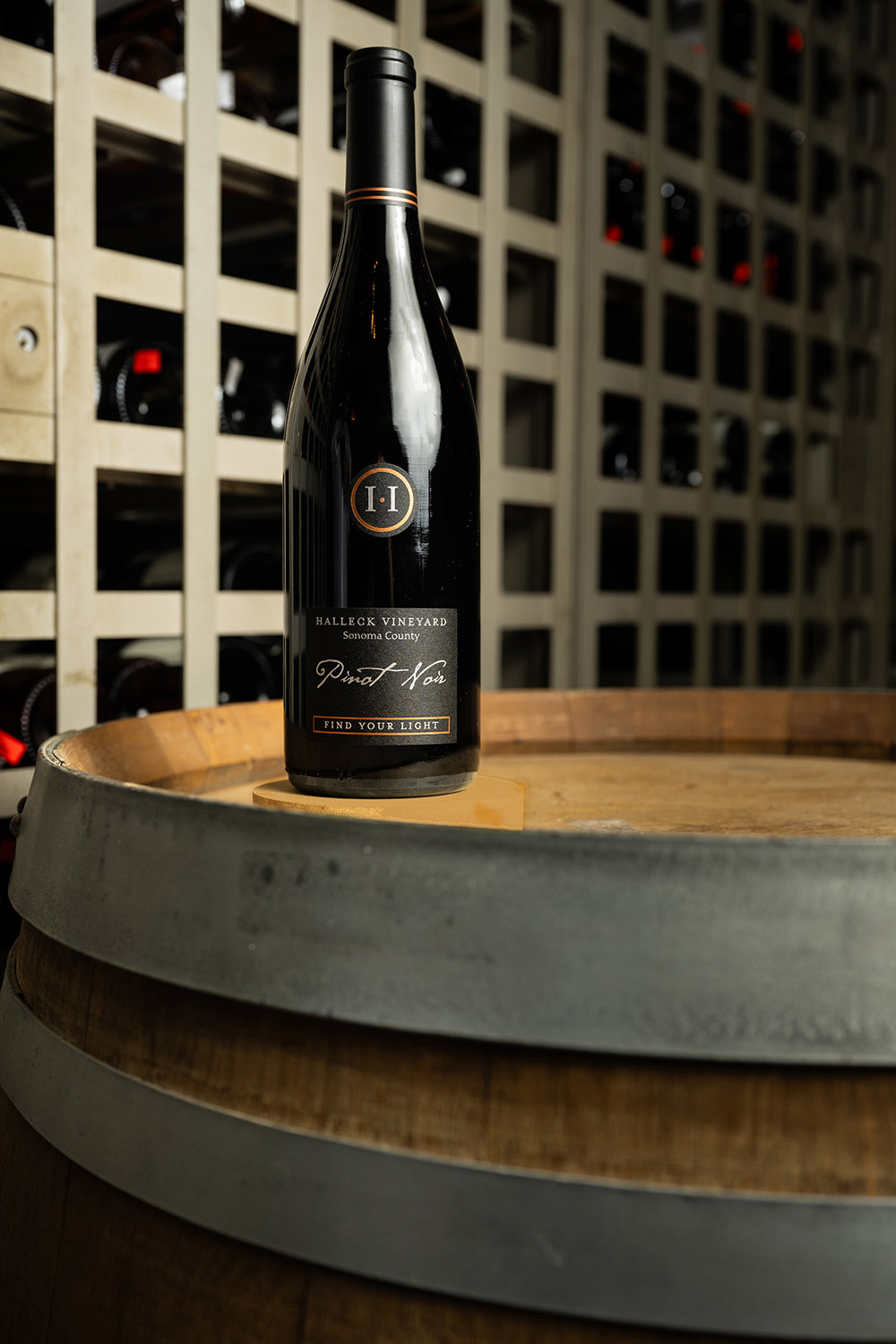Wineries With Picnic Areas - Discovering Sonoma Area Wineries
Wineries With Picnic Areas - Discovering Sonoma Area Wineries
Blog Article
Wineries With Estate-Grown Grapes - Best Vineyard In Sonoma
Visiting a winery for a wine tasting could be a fascinating experience, particularly when you know how to maximise the chance with tasting notes. These notes function a guide to understanding the complexities of the wines you pattern and assist in forming a deeper connection with each pour. Utilizing tasting notes can transform your experience, allowing you to savor not simply the style but additionally the story behind each bottle.
Every wine has a singular profile influenced by grape variety, terroir, and winemaking techniques. Understanding these elements can improve your appreciation of the wine. When you are given a tasting menu or a flight of wines to pattern, take the time to read via any descriptions provided (Upcoming Wine Festivals In Sonoma County). This preliminary overview can set the tone and expectations in your tasting experience.
Start your wine tasting by observing the wine in your glass. The color can reveal lots in regards to the wine’s age and varietal. Take notes on the hue, clarity, and viscosity. A well-structured tasting note typically contains this visual assessment because it forms the inspiration of your analysis. Whereas it may seem trivial, the visible side is crucial in wine tasting.
Wineries Offering Private Events - Best Winery In Sonoma For Quality Wine
After your visual assessment, it is time to take a gentle whiff. Swirl the wine in your glass to aerate it, releasing its aroma. This is the place tasting notes turn out to be particularly useful. Make notes concerning the different scents you detect—fruits, spices, or floral hints. Figuring Out these aromas will help you put words to the intrinsic complexities of the wine you're sampling.

The subsequent crucial step is the tasting itself. Take a small sip and let the wine roll over your palate. Note the flavors you experience. Are they sweet or tart? Where does your palate detect every flavor? Some wines might present immediate sweetness adopted by a tannic end. Use your tasting notes to document these layers, creating a roadmap of your sensory experience.
Consider additionally the mouthfeel of the wine as you style. Is it clean, crisp, creamy, or perhaps tannic? This textural high quality considerably influences the overall enjoyment and impression of the wine. Observing the mouthfeel can reveal the quality and craftsmanship behind the winemaking course of.
It's beneficial to check completely different wines as you taste them. If you're sampling a flight with contrasting varietals, make an observation of the variations you perceive. How does the acidity range from one wine to another? Which wine feels fuller, and which is extra refreshing? This comparative exercise deepens your understanding and helps sharpen your analytical skills.
Wineries Showcasing Local Art And Crafts - Enjoying A Vineyard In Sonoma
Interact with the winery workers whereas tasting. Knowledgeable hosts typically share insights in regards to the vineyard's history, the precise vintage, or the winemaking philosophy, enriching your appreciation of the wine. Do Not hesitate to ask questions that pique your curiosity based on your tasting notes. Many hosts take pleasure in discussing their wines and might offer a wealth of data that isn’t available from printed supplies. Quaint Wineries In Picturesque Settings In Sebastopol.
Hold in mind the seasonality of wines as you taste. Totally Different wines evoke diversified moods and pair properly with distinct culinary experiences. Take notes on how you might enjoy a specific wine with food. This not solely provides context to your tasting notes but in addition aids future alternatives and purchases.

Another helpful tip while utilizing tasting notes at a winery is to document your impressions immediately. As wines can mix and create a uniform flavor memory, jotting down your ideas promptly ensures a extra accurate reflection of your experience. Use adjectives that resonate with you, crafting a private vocabulary to describe every wine based mostly in your preferences.
After completing the tasting, evaluation the notes you’ve taken. Mirror on which wines stood out to you and why. This reflection reinforces your tasting experience and highlights what you would possibly seek in future purchases. If you have noted particular aromas or flavors that captivated you, this information empowers you to decide out wines that align with your palate.
Unique Wine Blending Experiences In Sonoma - Sonoma Wine Culture
Wine tasting can also function a possibility for socializing. Sharing your tasting notes with companions can ignite partaking discussions on flavors, preferences, and impressions. This communal aspect of wine tasting often enhances the experience, cementing lasting recollections you could recall with a cup of wine in hand.
In conclusion, utilizing tasting notes at a winery wine tasting can considerably improve your experience. By observing the visual aspects, aromas, flavors, mouthfeel, and even the tales behind the wines, you create a rich tapestry of notes that may guide your future wine experiences. Participating with the employees, comparing wines, and reflecting on your impressions will deepen your appreciation for the art of winemaking. Every tasting is an opportunity to find and join with wines in exciting new methods. With practice, your tasting notes will evolve, turning into a cherished component of your wine journey.
Family Friendly Wineries With Outdoor Spaces - Sebastopol's Vibrant Wine Scene
- Begin by familiarizing yourself with the winery's tasting notes; they normally describe the wine’s aroma, flavor profile, and end, offering a useful framework.
- Use your senses of sight and smell earlier than tasting; swirl the wine in your glass, observe its shade, and inhale its bouquet to seize the wine's initial characteristics.
- When tasting, take a small sip and let the wine coat your palate; concentrate on the first flavors and any secondary notes which will emerge, similar to fruit, spice, or earthiness.
- Pay attention to the feel and mouthfeel of the wine; is it easy, tannic, creamy, or crisp? This facet can significantly improve your understanding of the wine.
- Evaluate the tasting notes together with your sensory experience, noting any similarities or discrepancies, which can deepen your appreciation of every wine’s complexity.
- Contemplate the wine’s growing older potential by analyzing its structure and steadiness; some wines could additionally be enjoyable now, whereas others might evolve beautifully over time.
- Take notes during the tasting; recording your impressions may help you keep in mind each wine higher and refine your palate for future tastings.
- Interact with the tasting workers; ask questions in regards to the wine production course of, grape varieties, and the precise notes you're detecting to boost your information and experience.
- Explore pairing ideas alongside your tasting; understanding which foods complement the wine can enrich each the tasting experience and your appreciation for the wine's nuances.
- Respect varying preferences amongst your group; wine tasting is subjective, and encouraging open dialogue about particular person tastes can lead to a extra pleasant and informative experience.undefinedWhat are tasting notes, and why are they important at a wine tasting?undefinedTasting notes are descriptions of the flavors, aromas, and general impressions of a wine. They are important because they guide your palate and improve your understanding of the wine's characteristics, serving to you appreciate completely different varieties and styles.
How should I take notes throughout a wine tasting?undefinedYou should focus on key elements corresponding to aroma, flavor, body, acidity, and end. Use a structured format or template to categorize your thoughts and write down your impressions immediately after tasting. This helps you bear in mind your thoughts later.
Am I Able To use my own words to explain a wine, or ought to I stick to plain tasting terms?undefinedYou can completely use your own words to explain a wine. Whereas standard tasting phrases can advice help convey specific qualities, personal descriptors add authenticity to your notes and might make your wine experience more pleasant and relatable.
Ought To I concentrate on particular flavors within the wine or the overall experience?undefinedEach features are important. Whereas specific flavors assist you to establish the unique traits of a wine, the general experience encompasses how all elements combine—creating a more holistic understanding of the wine.
Wineries With Artisan Chocolate Pairings In Sonoma - Wineries With Stunning Views In Sonoma
What if I cannot determine certain aromas or flavors throughout a tasting?undefinedIt’s widespread to have difficulty figuring out specific tastes or scents. Don’t hesitate to ask for assist or steerage from the workers on the winery. They can provide insights and assist refine your palate over time through practice.
How can I use tasting notes to choose wines in the future?undefinedBy reviewing your tasting notes, you'll be able to identify your preferences and developments in your wine decisions. This allows you to choose wines that align with your palate in future tastings and purchases, making your experience extra enjoyable.
Is it acceptable to compare wines throughout a tasting?undefinedYes, comparing wines could be beneficial. It helps spotlight the differences in flavor profiles and attributes, permitting you to develop a deeper appreciation and understanding of every wine's unique qualities.
What ought to I do if I disagree with the tasting notes provided by the winery staff?undefinedDisagreement is a pure part of wine tasting! my response Use it as a chance to discuss your impressions with the employees; they'll provide extra context or information about the wine, which may enrich your experience.
Wineries Producing Pinot Noir And Chardonnay - Wineries With Stunning Views In Sonoma
How ought to I arrange my tasting notes after the event?undefinedAfter the tasting, manage your notes by wine sort, producer, or personal preference. Think About creating a digital or bodily journal which can be referenced for future tastings and wine alternatives, making it easier to recall your experiences. Report this page